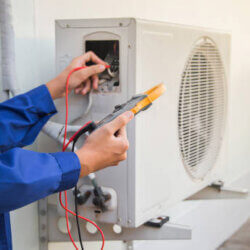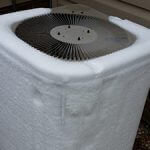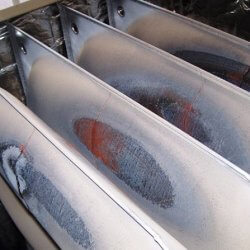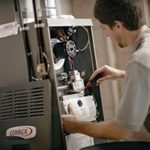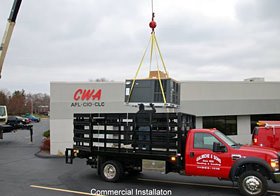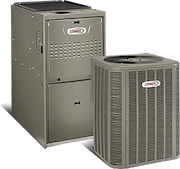During winter the air in our homes can become dry thanks to reduced humidity in the air as well as running the furnace to keep warm. This can lead to a variety of problems, from static electricity to an increased risk of infections. But what is the best humidity level in winter? And how can we achieve it? In this blog post, we will explore the ideal humidity level for your home in winter and how to achieve it.
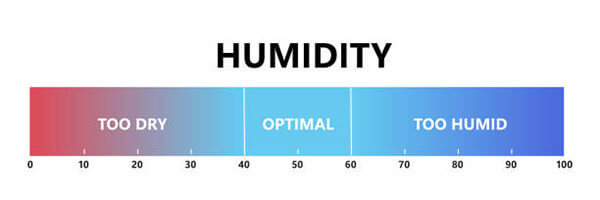
To learn more about maintaining the best humidity levels in winter, the heating and air conditioning experts at Galmiche & Sons can help! From installing a whole home humidifier to ensuring your furnace is running efficiently, we will keep you comfortable all winter.
Achieving the Best Humidity Level
Humidity refers to the amount of water vapor in the air. So what is the best humidity level in your home? The ideal humidity level in winter is between 30 and 40 percent. This range allows your body to efficiently regulate its temperature and prevents issues such as static electricity and mold growth.
Pros and Cons of High and Low Humidity
When it comes to humidity levels in winter, there are pros and cons to both high and low humidity.
On the plus side, higher humidity levels help to keep your skin from drying out and can also prevent static electricity from building up. Conversely, lower humidity levels can help to reduce the risk of condensation and mold growth.
That being said, there are also some potential downsides to consider. High humidity levels can cause your home to feel stuffy and can promote the growth of dust mites and mold. Low humidity levels, on the other hand, can exacerbate respiratory problems such as asthma and allergies. Low humidity levels can also cause chipping or cracking of paint and wood floors.
How to Measure Humidity?
So know that you understand what is the best humidity level for your home, the next step is to measure it. The most common way is with a hygrometer, which measures the amount of water vapor in the air. You can also use a psychrometer, which measures both temperature and humidity, or a dew point meter, which measures the temperature at which water vapor condenses.
How to Adjust the Humidity Level in Your Home
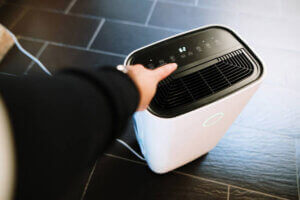
If you find that the humidity level is too low in your home, you can:
- Use a humidifier to add moisture back into the air. This can help to offset the drying effect of your air conditioner or furnace and keep the humidity level in your home at a comfortable level.
- Place a bowl of water in front of your vents when the HVAC is running. This will help to humidify the air as it passes through the unit and into your home.
If the humidity levels are too high in your home, you can follow these steps:
- Use a dehumidifier to get rid of excess moisture.
- If you have an older air conditioner or one that is not properly maintained, it may not be removing as much moisture from the air. Schedule regular tuning up of the unit by calling a heating and air conditioner maintenance professional in St. Louis.
- Seal any cracks in doors and windows and strengthen insulation.
Optimize Your Comfort This Winter with HVAC Maintenance
As you can see, maintaining the right humidity levels in your home is important for your health and comfort. Therefore, it is not only important to know what the best humidity level is but also to know how to maintain it. Our experienced HVAC professionals at Galmiche & Sons can help you find the right balance of humidity for your home. We will also help you troubleshoot any problems you may be having with your current HVAC system and guide you on purchasing a new HVAC system if need be. Contact us today to request a no-obligation quote for HVAC maintenance and repairs or to learn more.



